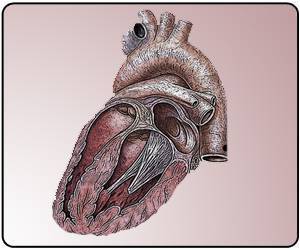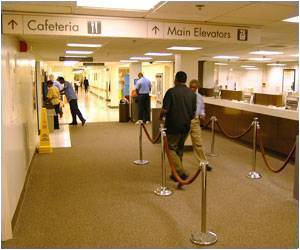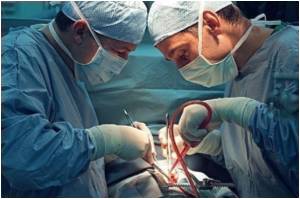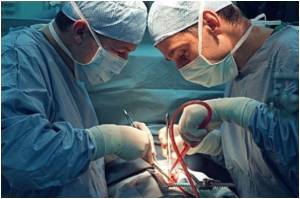
The company, which develops novel biomaterials, announced that they have received U.S. Food and Drug Administration (FDA) clearance to market the CanGaroo ECM Envelope for use with cardiac implantable electronic devices (CIED’s) including pacemakers and implantable cardioverter defibrillators (ICD’s).
The special bioscaffold is a "pouch" which holds a CIED after implantation. It is constructed from a multi-laminate sheet of decellularized, non-crosslinked, lyophilized extracellular matrix (ECM ) derived from porcine small intestinal submucosa. The pouch will be provided in four sizes to fit an array of device types and sizes.
The company claims that the first human implant of the CanGaroo ECM Envelope was performed by Dr. Bruce Wilkoff, Director of Cardiac Pacing and Tachyarrhythmia Devices at Cleveland Clinic.
Pre-clinical testing of the CanGaroo ECM Envelope demonstrated that it was replaced with a vascularized tissue pouch at 90 day follow up that isolated the CIED within the normal tissue. In pre-clinical trials, the new vascularized tissue allowed for easy removal of the CIED.
The decellularized matrix material serves as a bioscaffold to allow vascular ingrowth from adjacent tissues to deliver progenitor cells and nutrients to the matrix, which then differentiate into tissue-specific cells and structures.
Advertisement
The safety of extracellular matrices has been well established in a number of different clinical applications. Since 1999, an estimated two million patients worldwide have received an extracellular matrix implant.
Advertisement
Source-Medindia








